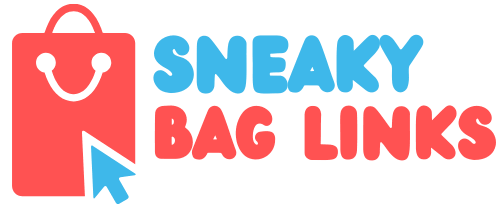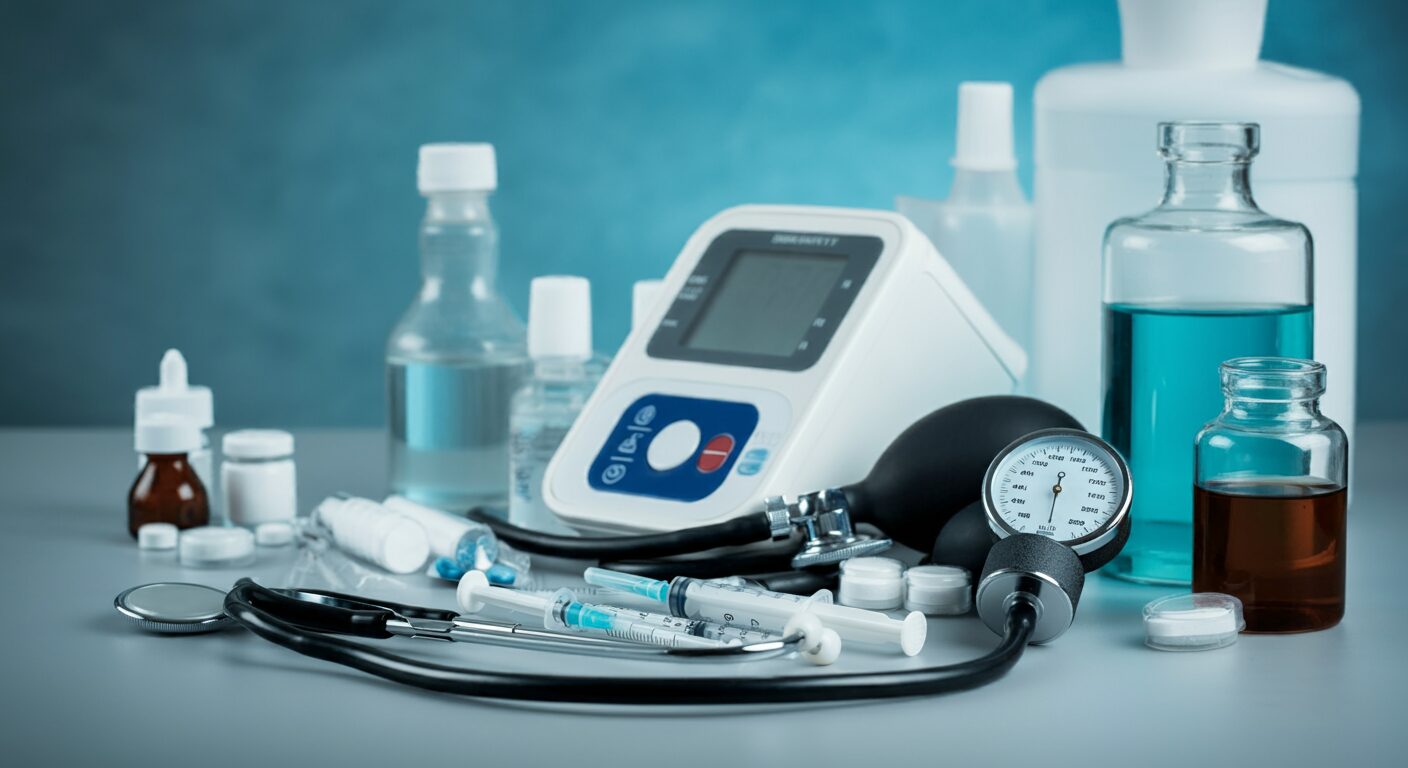Preparing for a medical career requires not only academic rigor but also the right tools and resources that will help you study and practice efficiently. The right materials can make a huge difference to your performance. This article lists the seven most important medical preparation tools that will help you succeed in your career.
Table of Contents
Stethoscopes of High Quality
Any medical student or practitioner will need a high-quality stethoscope. This equipment allows you to listen to your heart, lungs and other body parts, which can be very useful in identifying medical conditions. A high-quality instrument, such as the Littmann, will provide you with a durable instrument that produces clear audio. When choosing a stethoscope, consider things such as comfort, durability and acoustic sensibility.
Medical Textbooks and Review Books
Medical literature and review material are vital for a thorough education and to prepare you for the test. Gray’s Anatomy and Harrison’s Principles of Internal Medicine are two textbooks that provide in-depth information on human anatomy. Review guides like “First Aid for USMLE Step 1”, which distills complex information and offers drills, are also helpful. These resources are essential for keeping up with the latest medical research as well as understanding complex medical concepts.
Digital Tools and Apps
The digital age can help you improve your medical preparedness. Anki, UptoDate and Medscape are some examples of digital apps and tools that offer interactive learning and mobile access medical information. Anki is a great tool for learning medical concepts and vocabulary because it uses spaced repetition. UptoDate or Medscape can help you stay up-to-date on the latest medical practices. They provide access to clinical recommendations, pharmacological data, and medical research.
Anatomy models and dissection kits
For a better understanding of anatomy, dissection kits and anatomical models are indispensable. These tools allow you to examine and see the different structures and organs. These superior models of the human cerebral cortex and heart can enhance your textbooks by providing a more concrete learning experience. You can practice surgical techniques and gain a better understanding of anatomical links with dissection kits. These kits include a pair force scissors and scalpels. These kits can be used at home or in anatomical laboratories to improve your knowledge of anatomy and your ability to apply it.
Diagnostic Tools
Diagnostic instruments like otoscopes and blood pressure cuffs are essential for practicing clinical skills. These instruments allow you to perform essential diagnostic evaluations and examinations that are required for all medical practitioners. The purchase of high-quality equipment ensures precision and reliability in clinical settings. A blood pressure cuff, for instance, is needed to measure blood pressure or detect hypertension. Neurological function can be evaluated by using reflex testing with a hammer or a tympanic examination.
Lab Coats and Scrubs
Every medical student and practitioner should wear professional clothing, including scrubs and lab coats. When you wear lab coats to clinical rotations, patient contact, or laboratories, your clothes are kept safe, and you look professional. Lab coats that have many pockets can be used to store pencils, notepads and other small tools. Scrubs provide practical, comfortable clothing for long shifts in a hospital or clinic. The design of scrubs is based on durability, easy cleaning and suitability in a clinic setting.
Flashcards, Study Guides and more
Study aids such as study guides and flashcards can be very helpful for active learning and preparation of tests. Flashcards can be a useful tool to learn medical terms, medicine names and disease processes. Creating your own flashcards or buying pre-made ones can help you retain information longer and learn more effectively. Study aids that have high-yield material, such as the step 1 study plan, offer concise explanations. They are also useful for last-minute revisions and quick access during study sessions. Together, study guides and flashcards provide a comprehensive method of learning medical content.
Conclusion
It is important to have the right medical preparation materials at hand in order to succeed in the fast-paced medical industry. Complete preparation should include a professional stethoscope and a thorough textbook, as well as digital tools, anatomical model, diagnostic instruments, professional clothing, and helpful study aids. These essentials will improve your ability to learn, sharpen your practical skills, and build your confidence. Remember that preparation is key to success. Having the right resources available can help you achieve your goals.




